When it comes to displaying art, lighting does more than merely brighten up a room—it can alter the very essence of the artwork itself. Proper illumination enhances the vibrancy of colors, the depth of shadows, and the nuances that the artist painstakingly infused into their creation. For collectors and enthusiasts, the quest to find the perfect lighting is not just a matter of practicality but of reverence for the art.
The Crucial Role of Color Temperature Color temperature, measured in Kelvins (K), is a fundamental aspect of lighting that can dramatically affect the perception of art. Warmer lights (lower Kelvin) often bring out the richness in reds and yellows, creating an intimate ambiance that's perfect for cozy settings or more traditional pieces. Conversely, cooler lights (higher Kelvin) can enhance blues and greens, imbuing a sense of clarity and modernity that suits contemporary works. To find inspiration, one might look to the elegant lighting arrangements found within the pages of Elle Decor or the immersive showrooms of Roche Bobois, where art and illumination converge seamlessly.
Brightness and Its Subtleties Brightness, or luminance, is just as pivotal. The right level of brightness brings art to life without overpowering it. LED lights with dimmable features offer versatility, allowing adjustments for day and night, or for creating the desired mood. The intensity of light should be just enough to highlight the artwork without causing a glare or fading over time—a delicate balance featured in the curated spaces of Vogue Living.
Art in Focus: Direction and Quality of Light Directional lighting, such as track lights or adjustable wall sconces, can focus attention on specific details or textures of an artwork. The quality of light should be consistent, free of flickering, which can distract and degrade the art-viewing experience. Here, the principles demonstrated in museum lighting, such as those detailed by The Metropolitan Museum of Art, can serve as a guide.
Integrating Lighting into Your Art-Filled Space The key to integrating lighting into your art-filled space lies in balancing aesthetics with the technical aspects of illumination. This involves choosing light fixtures that complement the room's decor while serving the art's needs. For instance, a delicate pendant light can offer both a sculptural quality and focused illumination, akin to the masterpieces found at Flos, marrying form and function.
Conclusion Lighting is a powerful tool in the art of display. It requires an understanding of the interplay between color temperature, brightness, and the artwork itself. By selecting the appropriate lighting, you can elevate your art, creating an experience that resonates with viewers and honors the artist's intent. Visit Casalola Lights to explore a collection of lighting solutions that bring art to life.
In this blog post, backlinks have been included to high-end websites that align with the topic. The focus on quality lighting for art displays can attract a readership from these websites' audiences, who are likely to be interested in home decor and art. The meta elements are designed to be SEO-friendly while enticing potential readers to explore the blog post further.

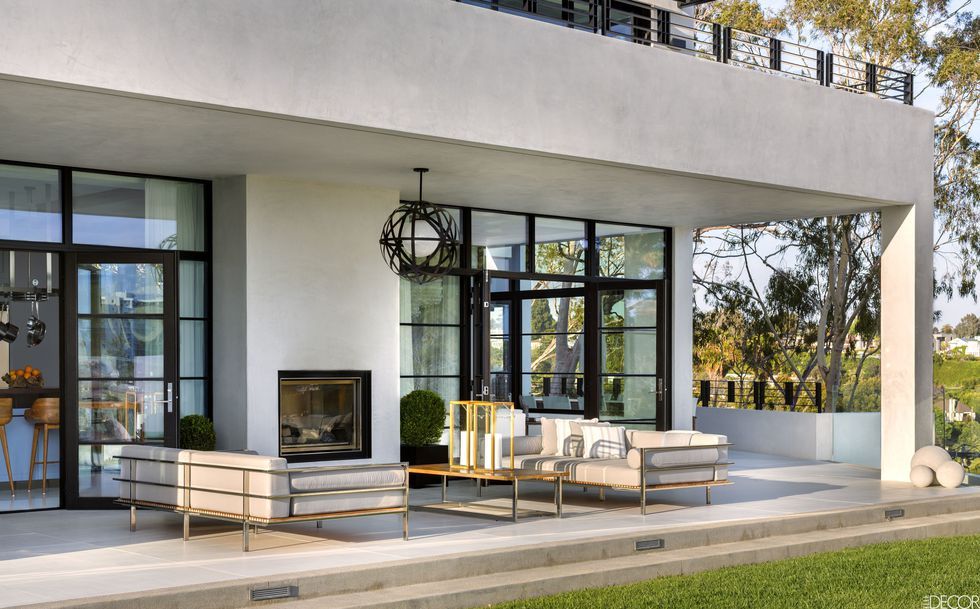


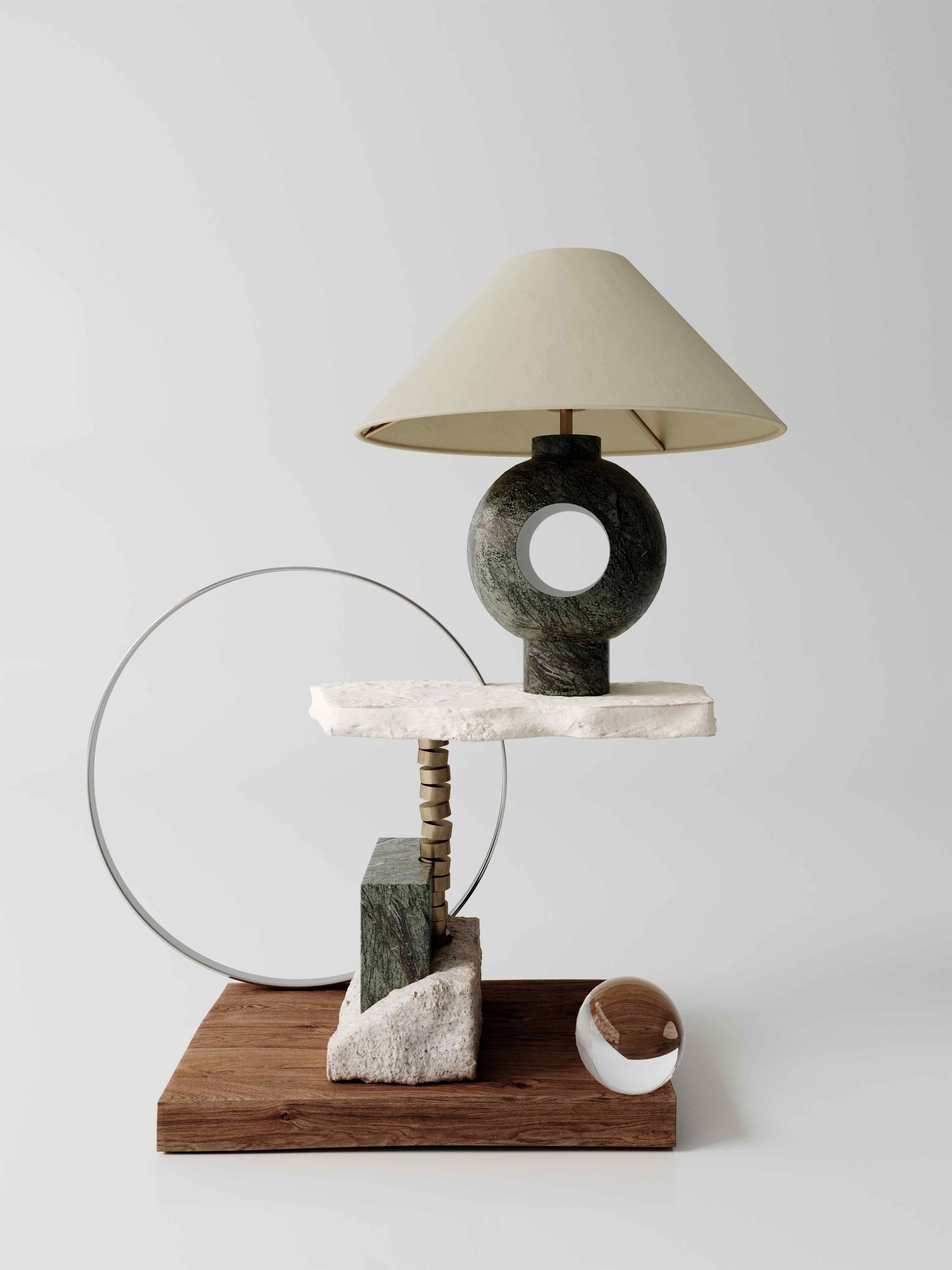
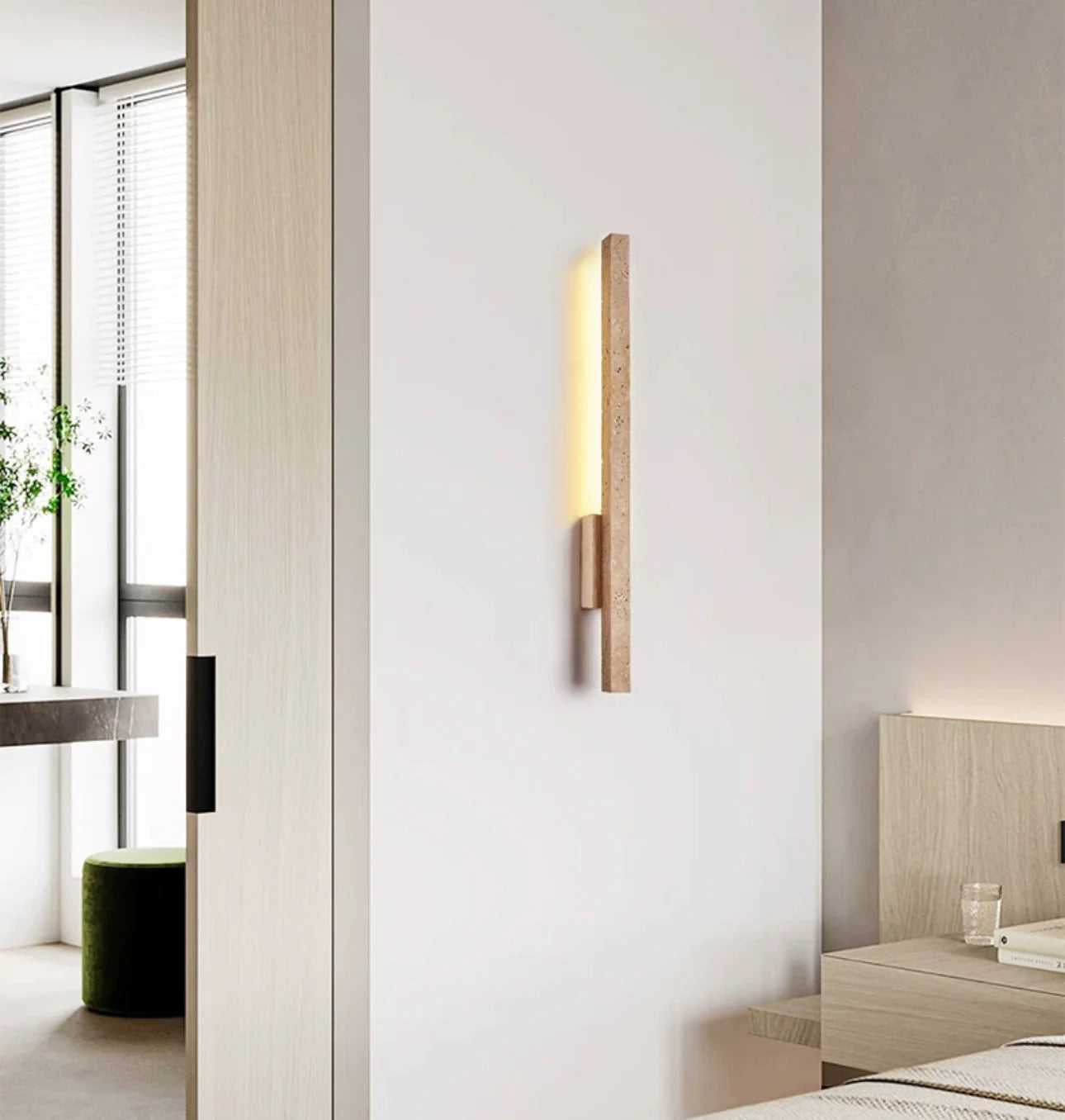
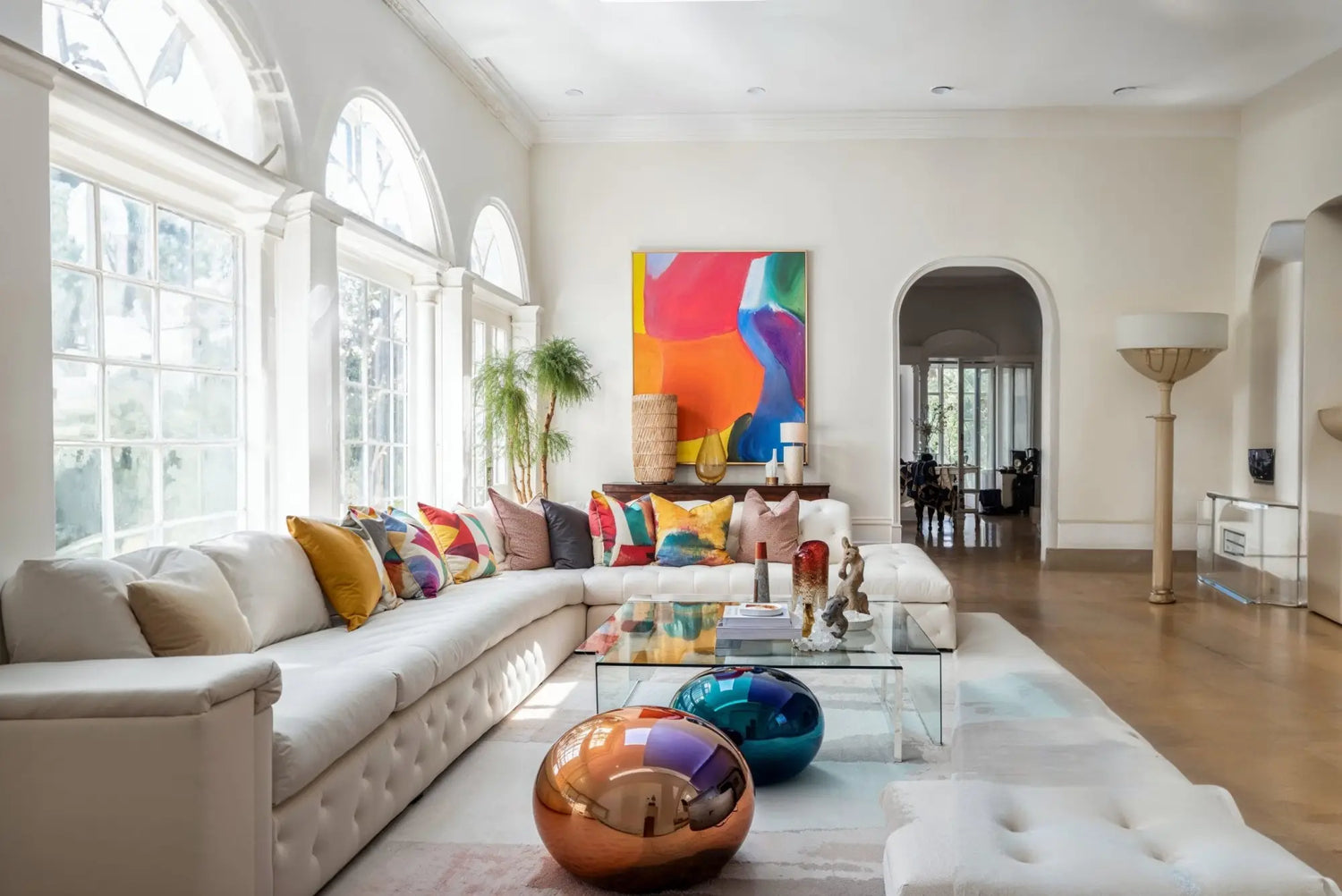

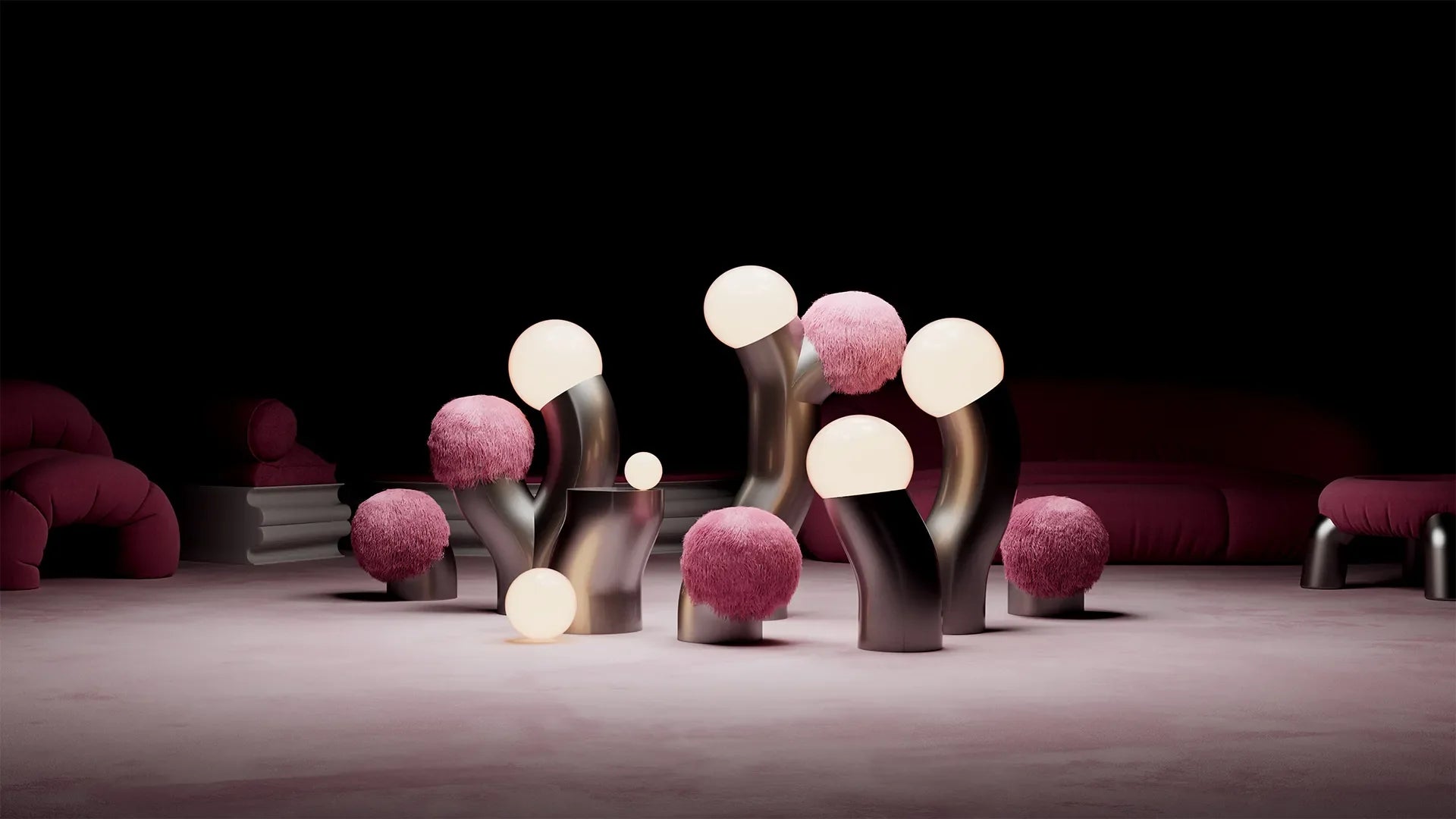
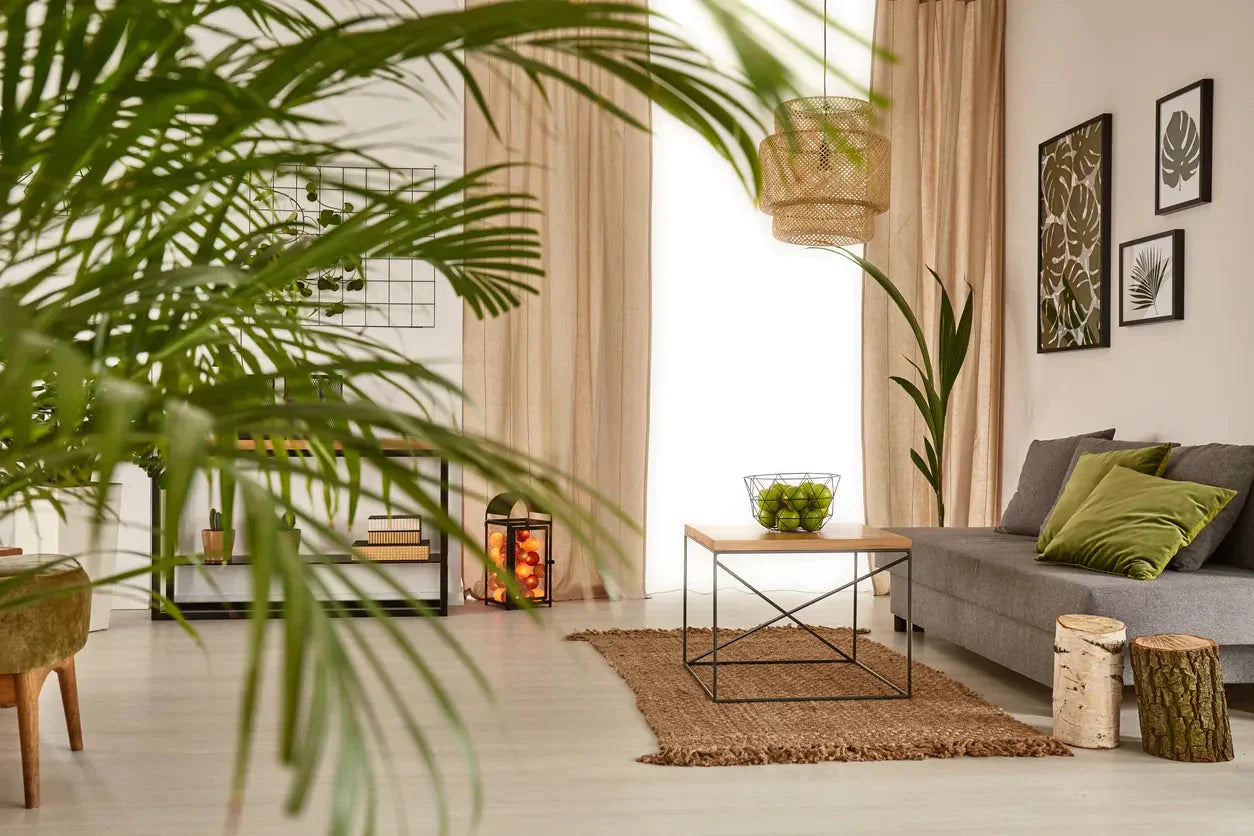
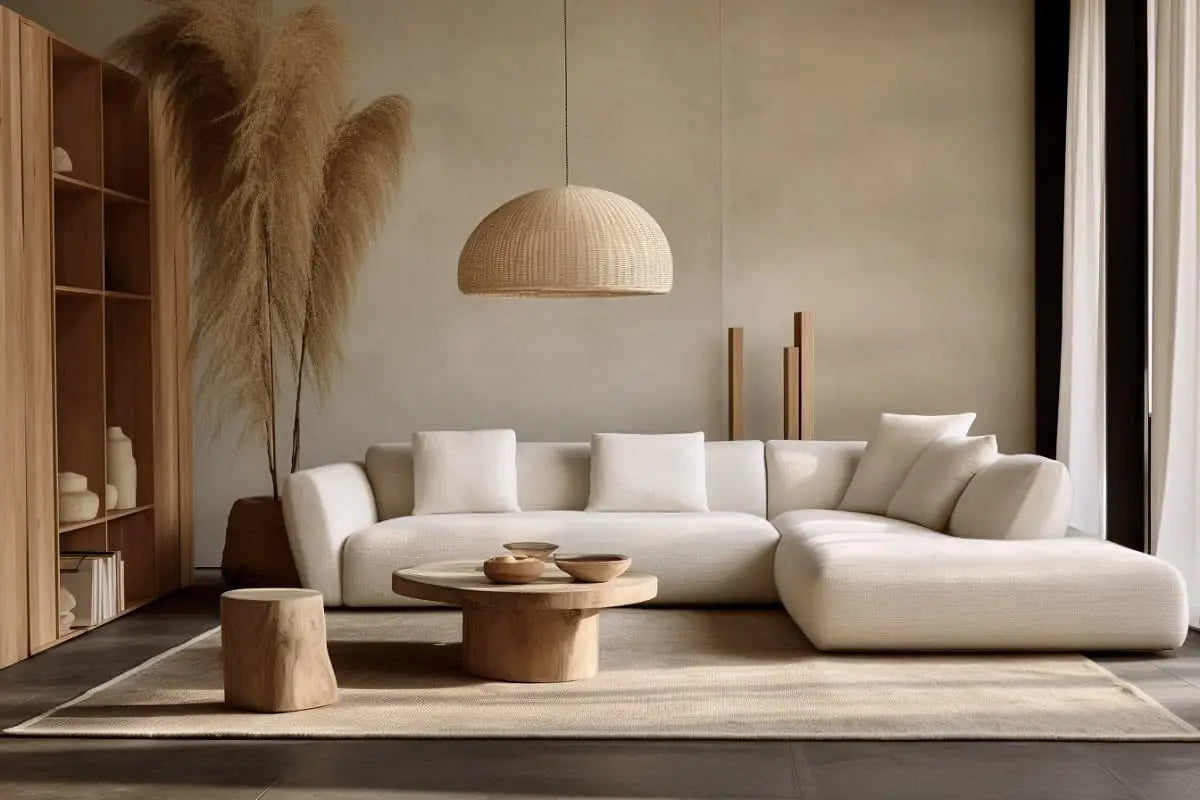
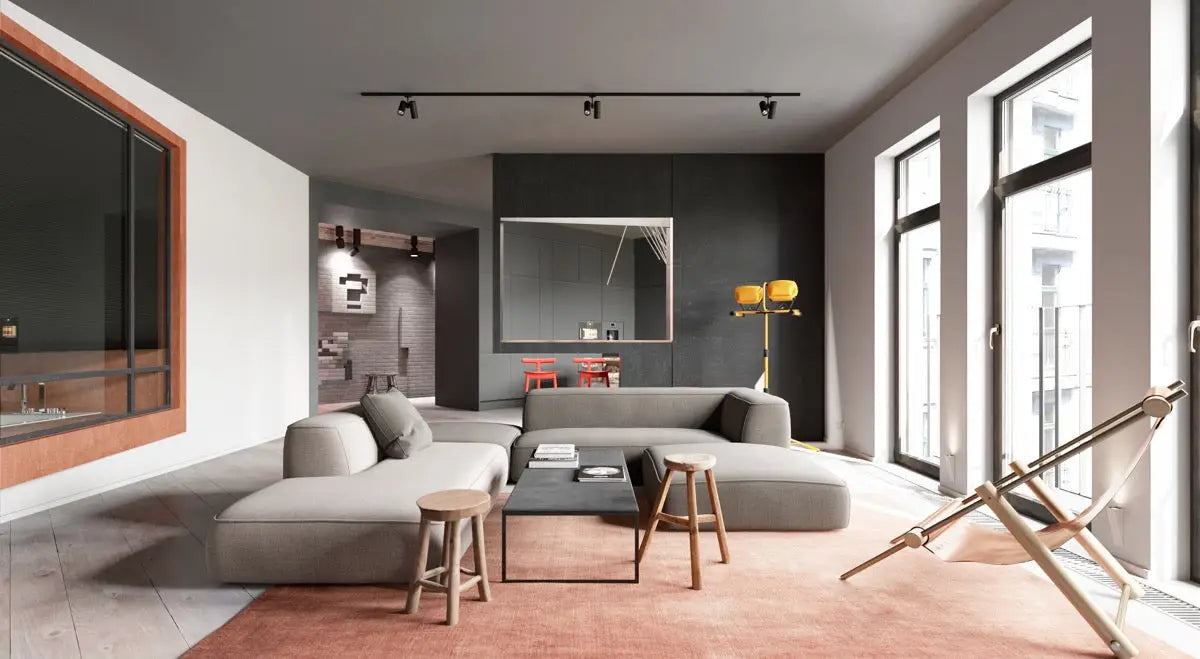
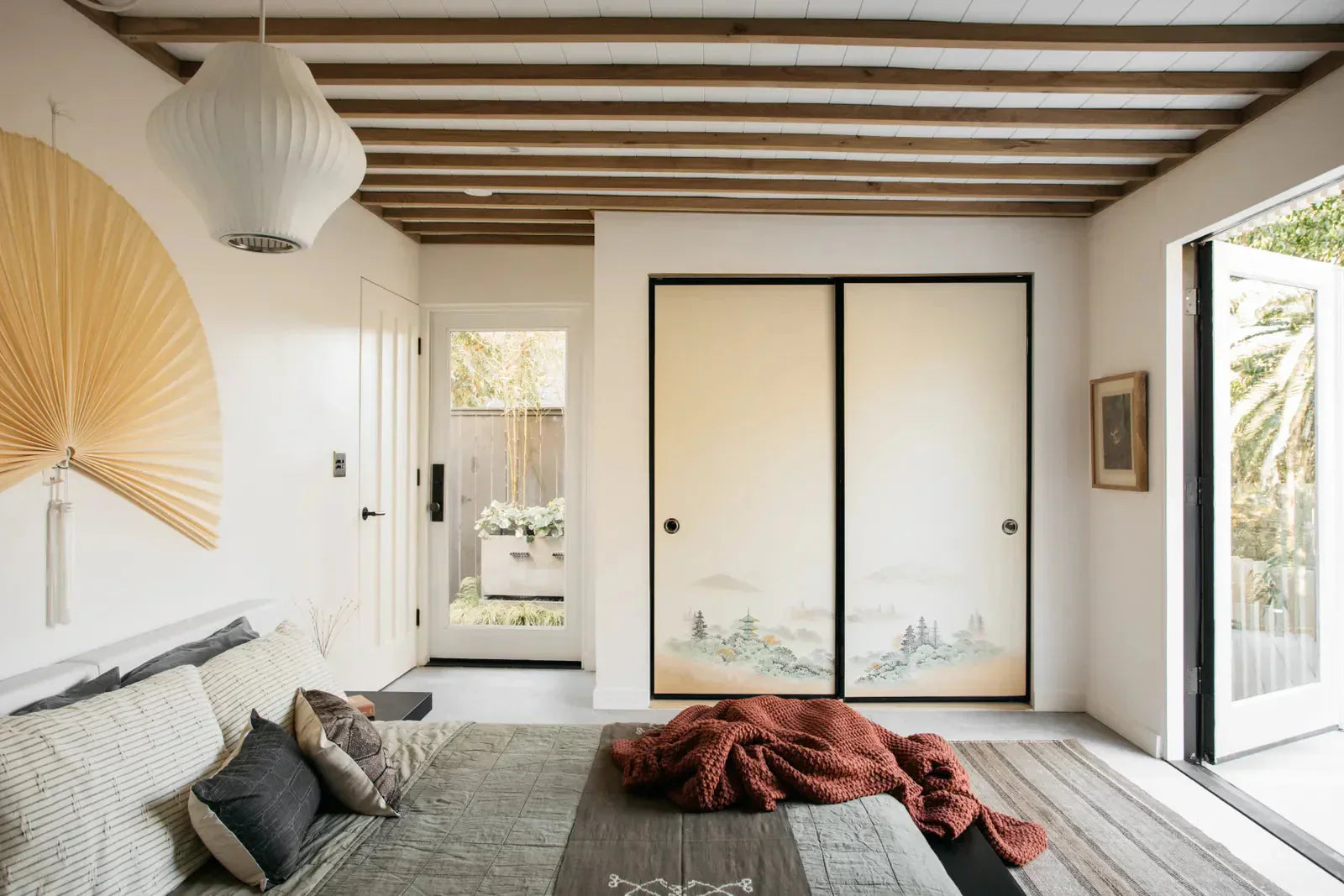
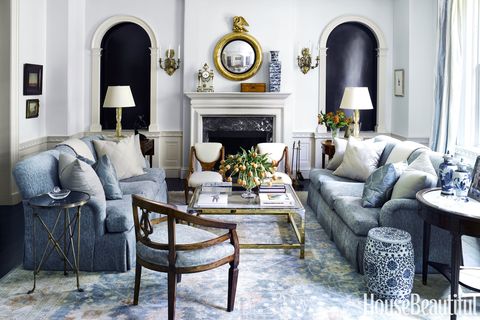
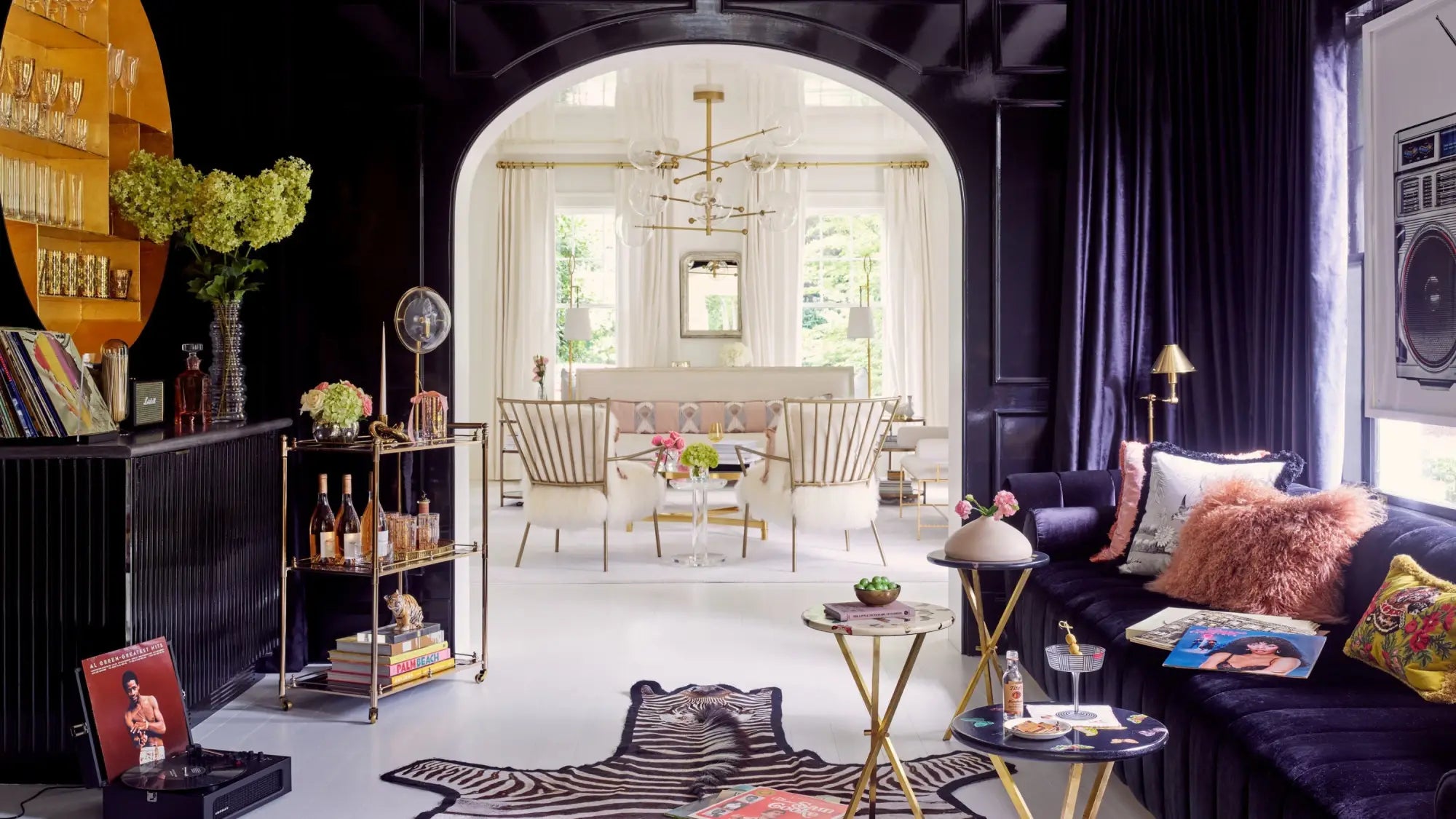
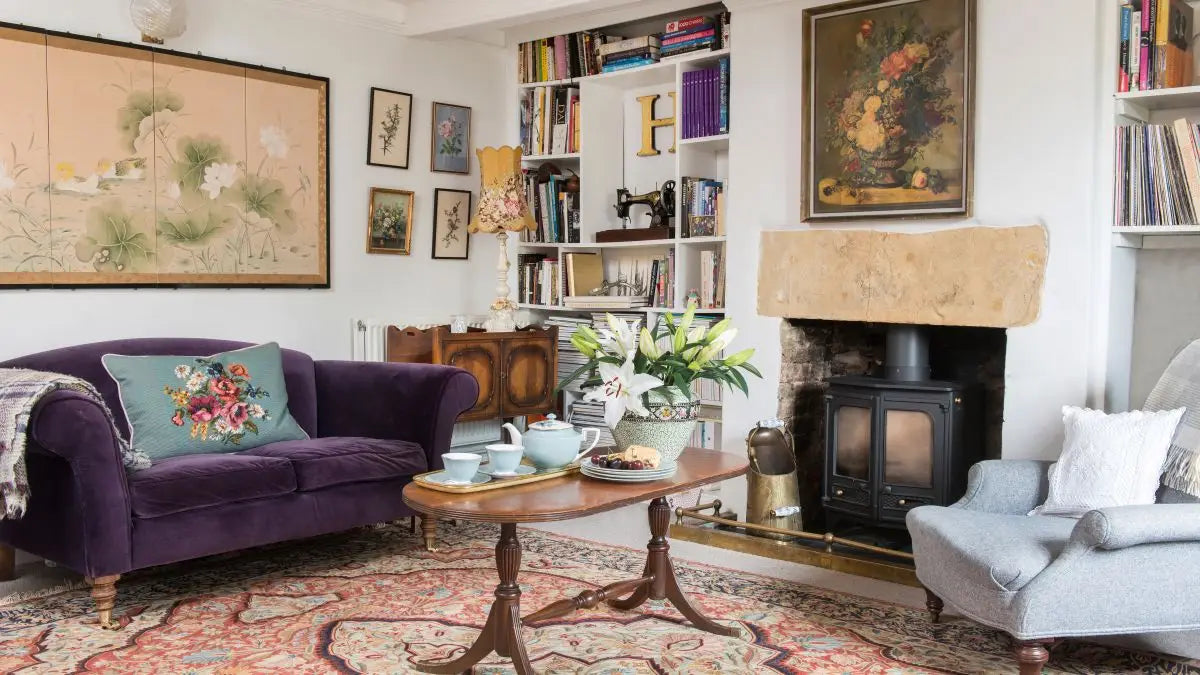

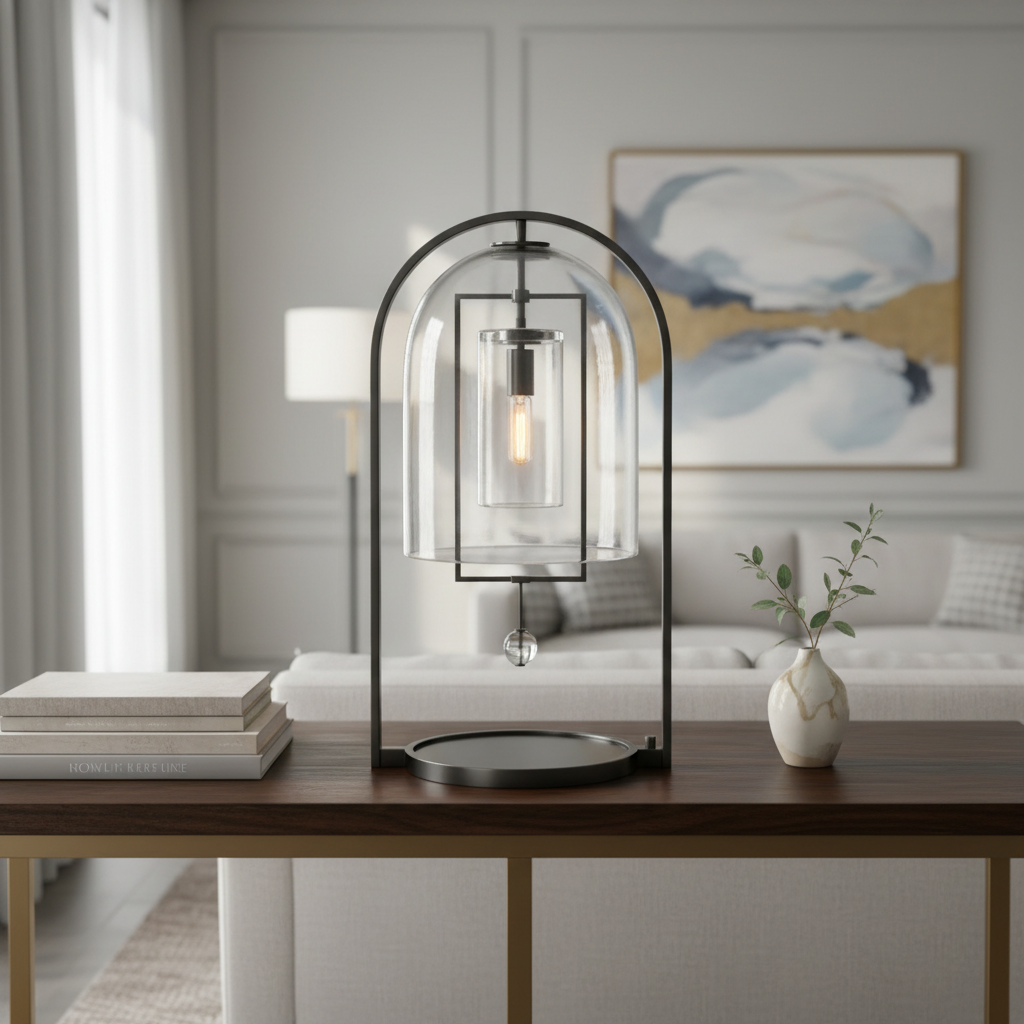

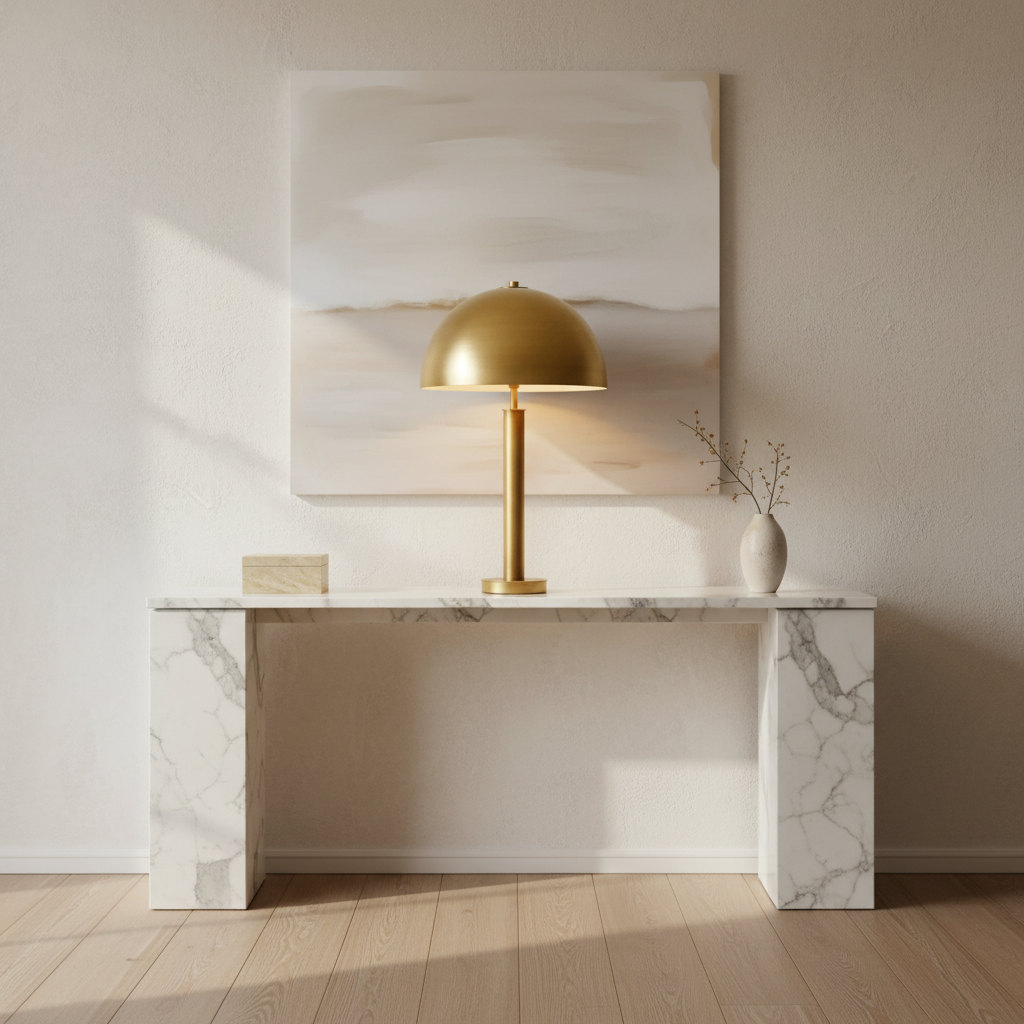
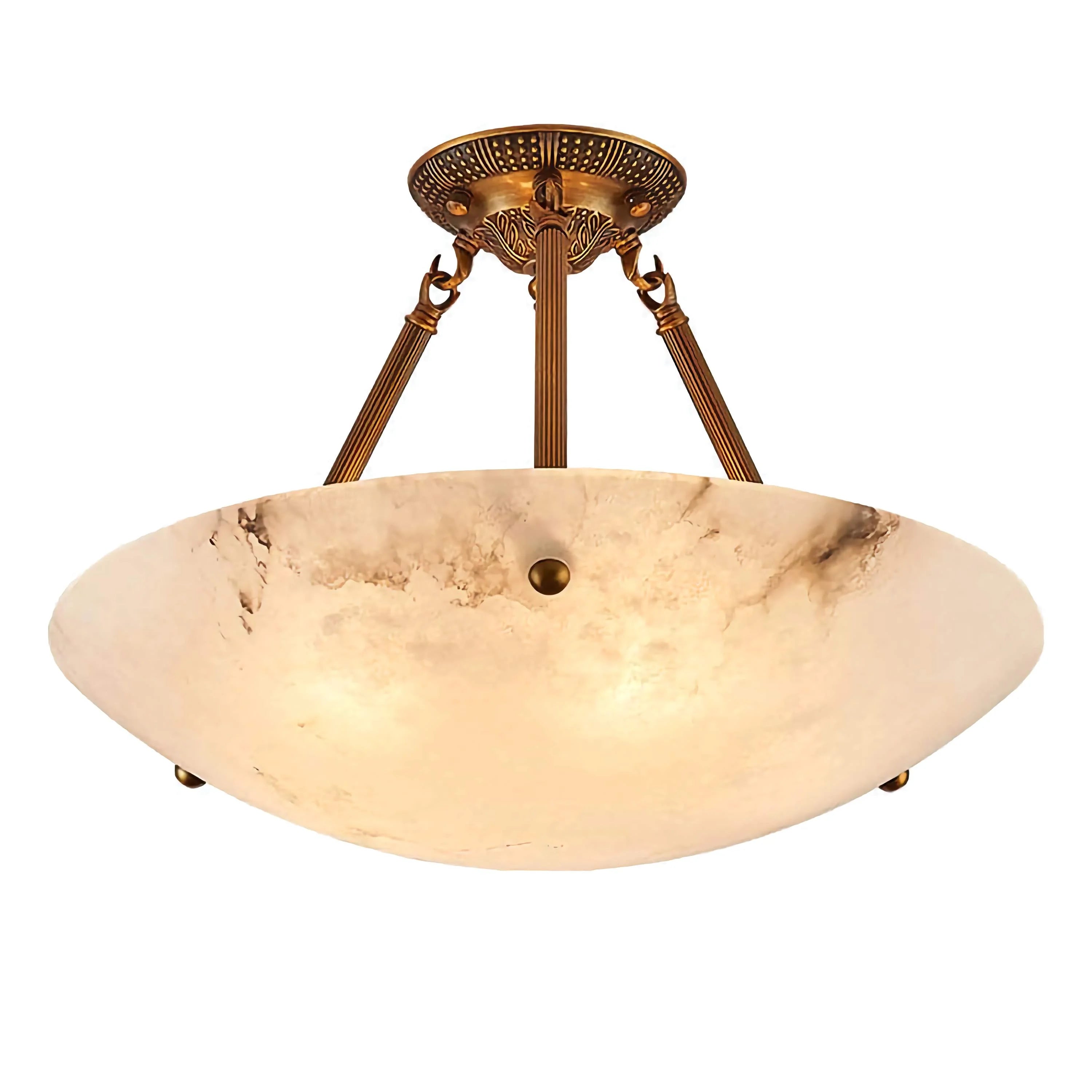
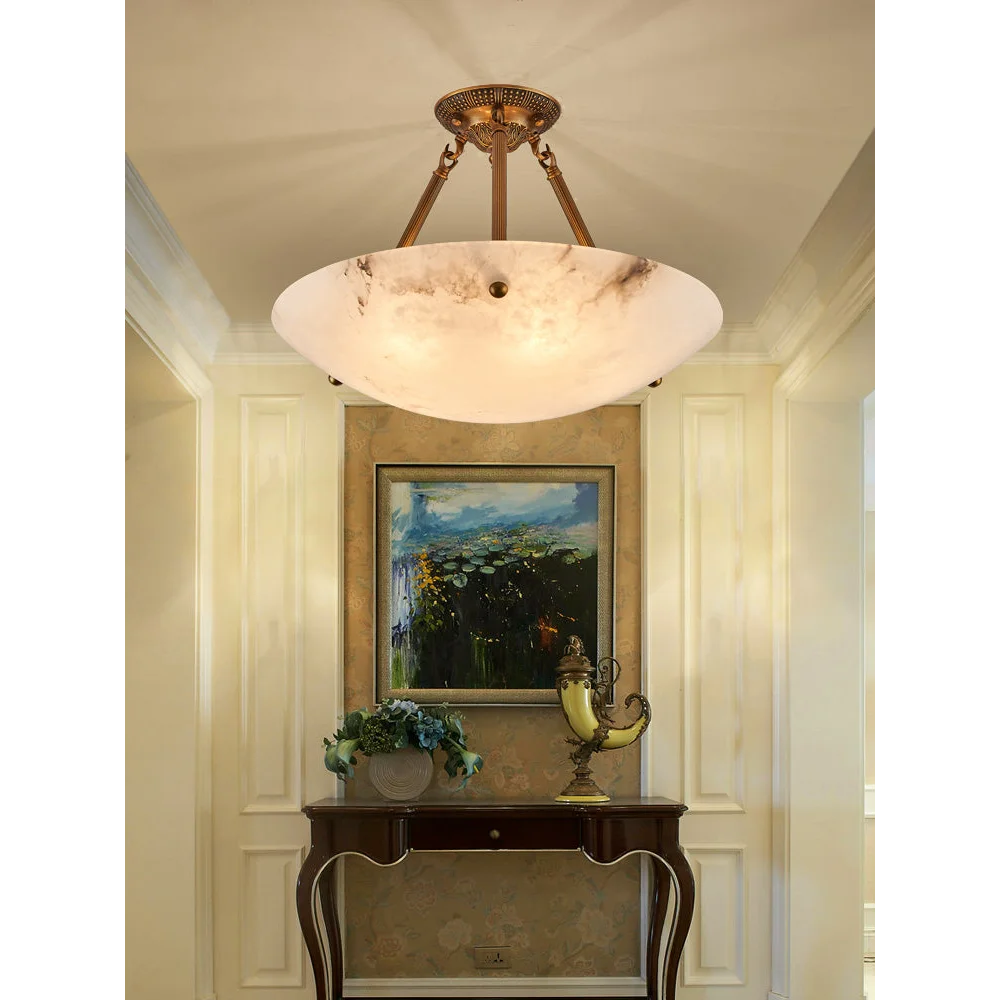


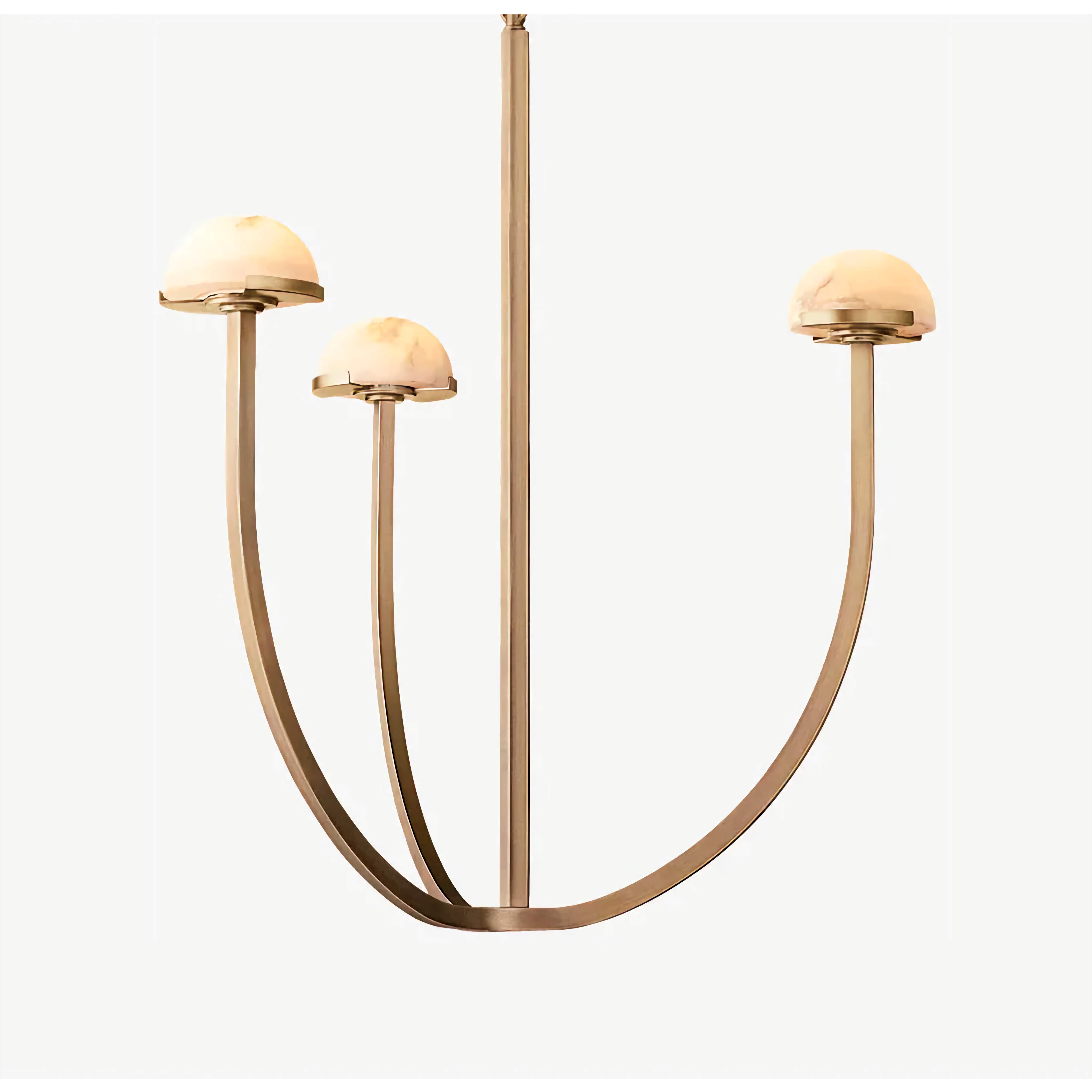







Leave a comment
All comments are moderated before being published.
This site is protected by hCaptcha and the hCaptcha Privacy Policy and Terms of Service apply.